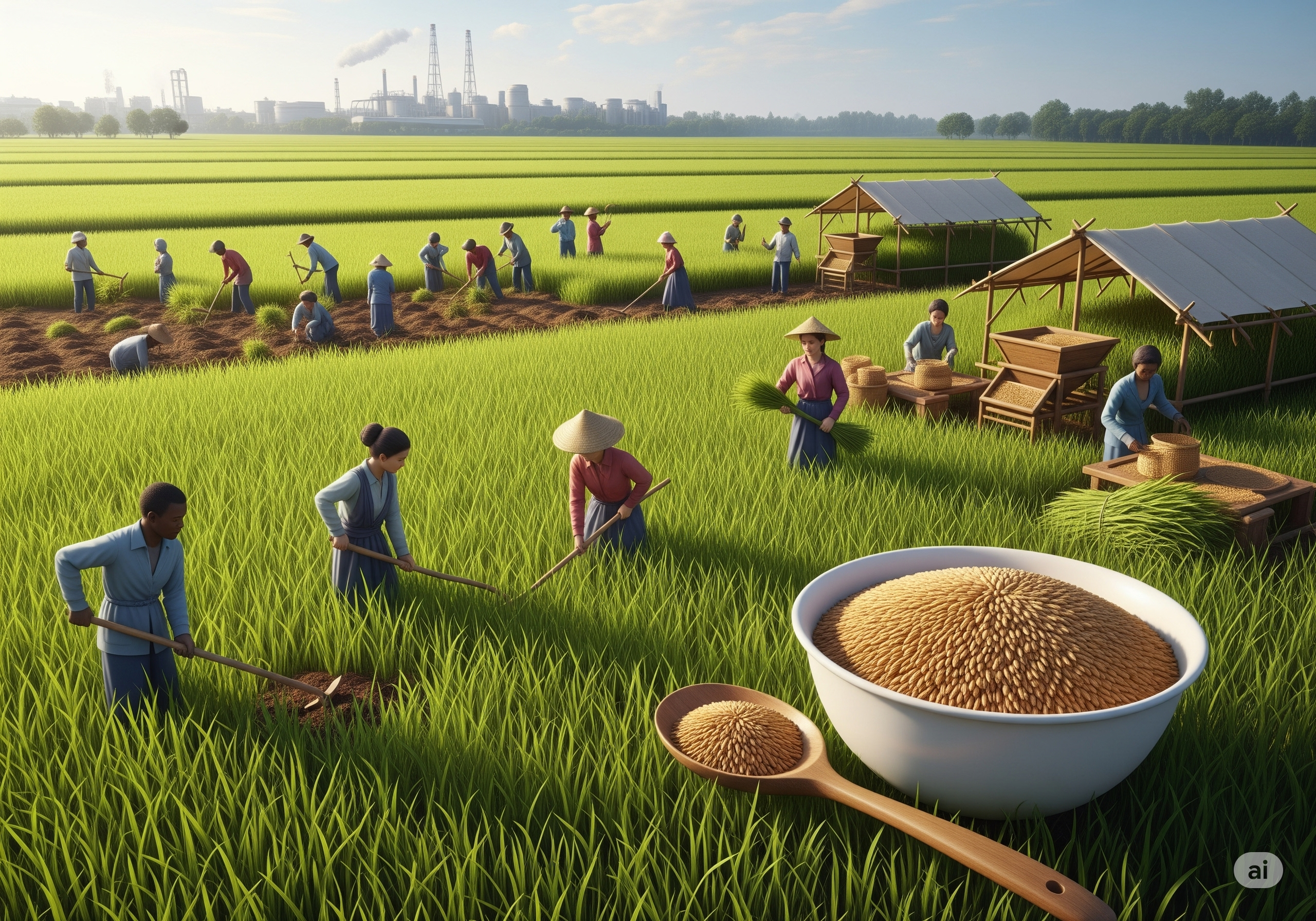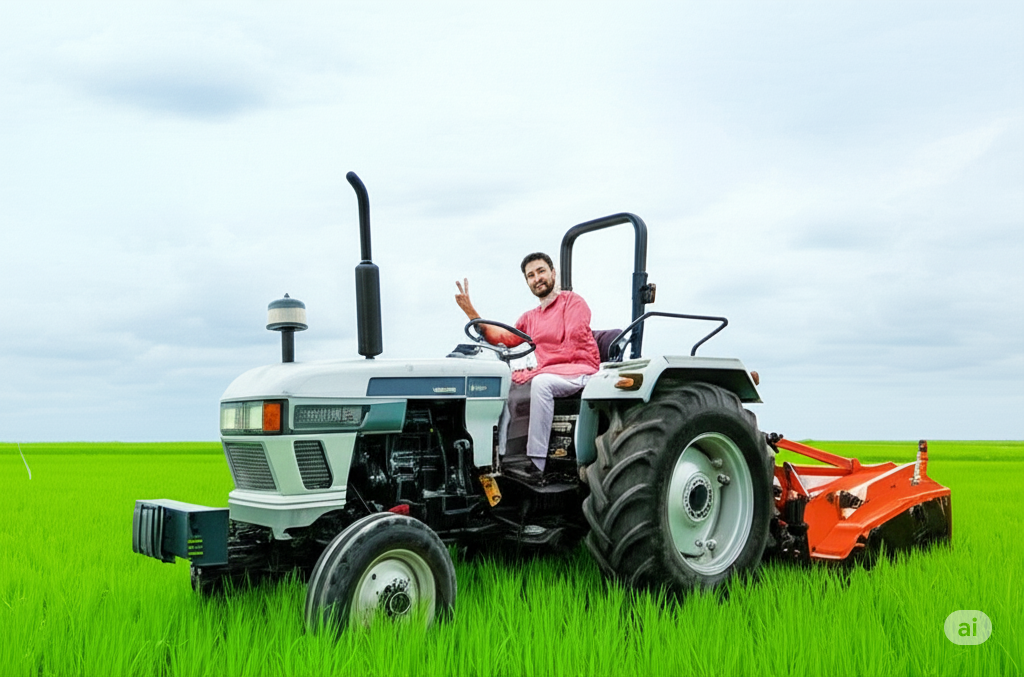

The Essential Fragments: Understanding the Value and Versatility of Broken Rice
In the global rice trade, while whole grain varieties often capture the spotlight, broken rice plays an equally vital, though often less understood, role. These are the fragments of rice grains that have been fractured during the milling process, typically due to the inherent brittleness of rice kernels or imperfections in the milling machinery. Far from being mere waste, broken rice is a highly valued commodity with a surprisingly diverse range of applications across various industries, underpinning food security, animal nutrition, and a host of industrial processes worldwide.
The journey of rice from paddy field to plate is a multi-step process that involves harvesting, drying, husking (removing the outer husk), and milling (polishing to remove bran layers). Despite technological advancements, some degree of breakage is inevitable during milling, especially with certain rice varieties that are more fragile or have specific moisture content. Broken rice is then separated from whole grains by mechanical sifters, typically categorized by size (e.g., 5% broken, 100% broken, etc.). These fragments, ranging from half a grain to tiny pieces, retain the same nutritional properties as their whole counterparts, making them valuable.
Historically, broken rice has always been utilized, particularly in regions where rice is a staple. Its lower cost made it an accessible and economical food source for many communities. Traditional cuisines often incorporated broken rice into porridges, stews, or ground into flour for various preparations. What was once a byproduct has evolved into a significant product category in its own right, traded globally and serving distinct market needs.
One of the most significant applications of broken rice is in human consumption, particularly in specific culinary traditions and for economic reasons. In many parts of Asia, Africa, and Latin America, broken rice is a dietary staple. Its smaller size means it cooks faster and absorbs flavors more readily, making it ideal for dishes like congee (rice porridge), khichdi, or traditional stews where a softer, more cohesive texture is desired. It's often preferred for baby foods due to its easy digestibility and for making rice flour, which is a versatile ingredient in countless dishes, from noodles and pancakes to thickening agents in sauces. Its affordability makes it a critical food source for lower-income populations, contributing directly to food security.
Beyond direct human consumption, broken rice is an incredibly important component in the animal feed industry. Its high caloric content, easy digestibility, and palatable taste make it an excellent ingredient for livestock feed formulations. It is extensively used in poultry, swine, and aquaculture feeds as a primary energy source. For instance, in poultry farming, broken rice can replace corn in diets, offering a consistent and nutritious carbohydrate. This application is particularly vital in regions where other feed grains might be scarce or expensive, highlighting broken rice's role in supporting animal agriculture and, by extension, the global supply of meat, dairy, and eggs.
The industrial applications of broken rice are perhaps its most diverse and rapidly expanding sector. It is a primary raw material for:
Rice Flour and Starches: Broken rice is extensively ground into rice flour, which is gluten-free and widely used in baking, making noodles (e.g., vermicelli), baby foods, and gluten-free products. Rice starch, extracted from broken rice, is used in numerous industries, including food processing (as a thickener, binder, or stabilizer in sauces, desserts, and confectionery), textiles (as a sizing agent), paper manufacturing, and cosmetics.
Brewing Industry: Broken rice is a common adjunct in the brewing industry, particularly for lagers. Its use can lighten the beer's body and color, contribute to a crisp, dry flavor profile, and improve head retention. It provides a fermentable sugar source that is often more cost-effective than malted barley for certain beer styles.
Biofuel and Ethanol Production: With the global push for renewable energy, broken rice has emerged as a viable feedstock for ethanol production. Its starch content can be fermented to produce bioethanol, offering an alternative to corn or sugarcane in some regions. This contributes to reducing reliance on fossil fuels and developing a more diversified energy portfolio.
Pet Food: Beyond livestock, broken rice is also a common ingredient in pet food, particularly for dogs and cats. Its digestibility and hypoallergenic properties make it a suitable carbohydrate source, especially for pets with sensitive digestive systems or certain allergies.
Rice Bran Oil: While the bran layer is primarily removed during milling, any residual bran from broken rice can contribute to the production of rice bran oil, a healthy cooking oil known for its high smoke point and beneficial antioxidants.
Economically, broken rice is a significant commodity in international trade. Major rice-producing countries like India, Vietnam, Thailand, and Pakistan are also major exporters of broken rice. Its pricing is typically lower than that of whole grain rice, making it an attractive option for buyers seeking cost-effective solutions for various applications. The global demand for broken rice is influenced by factors such as:
Feed Sector Growth: The expansion of livestock and aquaculture industries.
Industrial Demand: Growing needs for rice flour, starch, and biofuel.
Economic Conditions: In times of economic constraint, its affordability makes it more appealing for human consumption in some markets.
Supply Chain Efficiency: Improved milling technologies and logistics facilitate its trade.
The consistent global demand for broken rice underscores its crucial role in the agricultural value chain. It transforms what might otherwise be waste into valuable resources, contributing to the overall efficiency and sustainability of rice production. It provides an additional revenue stream for millers and farmers and offers diverse industries a reliable, cost-effective raw material.
In conclusion, broken rice is far more than just "fragments." It is a testament to the comprehensive utilization of agricultural produce, embodying efficiency and versatility. From feeding communities and animals to fueling industries and brewing beverages, its applications are extensive and economically significant. As global populations continue to grow and the demand for sustainable, cost-effective, and versatile raw materials rises, broken rice will undoubtedly continue to play its essential, fragmented yet foundational, role in the world's economy and food system. Its story is one of value found in every part of the harvest.